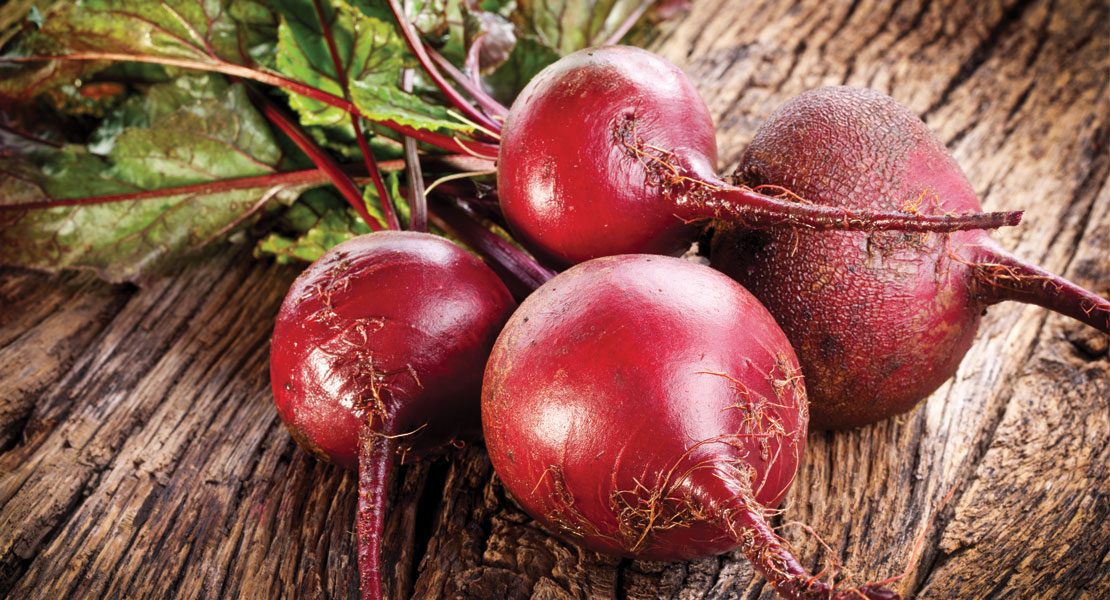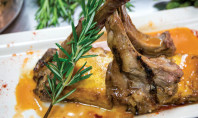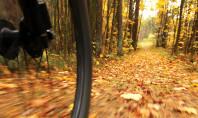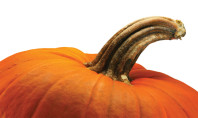Home Grown Goodness: Harvesting Veggies for Fall and Winter

By Angela Bristow
As the temperature drops and the leaves begin to fall from the trees, the gloom of winter can set in and make us believe that the season for fresh vegetables and herbs is over. But don’t despair; there are several vegetables that can be harvested well into the fall and early winter.
“Things like broccoli, Brussels sprouts, cabbages, the lettuces, Swiss chard, spinach, kale, all the root vegetables like carrots and beets – they can all be sown [in August], and even after a frost they can still be okay. Onion sets and garlic can be sown in the spring and left in the ground until fall and harvested as needed,” says Thomas Bull, owner of Herbein’s Garden Center in Emmaus.
Ray Steidinger, co-owner of Pharo Garden Centre in Bethlehem adds, “You can plant lettuces, such as green and red Romaine and Butterhead, in early October as plants. A lot of the seeds, like for the lettuces, they are ready in about 30 to 40 days and you can start picking the baby greens, which people like for their salads.”
Beet seeds planted in early August will produce tasty leaves that can be enjoyed in the fall. Other seeds that make great ‘second-planting’ vegetables for fall harvest include arugula, the Asian greens like Mizuna, mustard greens, corn salad greens, bunching onions, and radishes.
“You can plant the kales in the fall; they’ll last up until freezing weather. If they have beets, carrots, turnips – all that stuff will survive well into the wintertime. You can also plant garlic bulbs in the fall,” says Steidinger.
To optimize the growing season, Bull recommends using row covers in your garden. They are plastic covers that are placed over the plants at night to prevent any frost from killing the plants, a real threat beginning in October. Then, the covers are removed during the day to give the plants access to the sun. Bull says that cold frames that you open during the day and close at night, mulch or straw, and black plastic pots all make good night frost protection for plants.
“If you have Brussels sprouts planted, you can pick them into January,” says Steidinger. “Leeks can be harvested most of the wintertime as long as you mulch it and keep the ground from freezing. We have a couple kinds of kale and you just plant them in the garden. You just pick some of the leaves, and you can keep the plant going for a while that way.”
He advocates putting heavy mulch over root vegetables and protecting the leafy vegetables from frost with a frost protection product. Steidinger says the frost guard product he recommends requires building a light framework that supports the guard material over the plants, thus creating a greenhouse effect. In a pinch, newspaper or cardboard work fine as a nighttime cover as well, says Steidinger. Many products are available from garden centers for protecting plants from frost.
When frost and snow come, some plants can still be enjoyed indoors on a windowsill. Bull says that certain lettuces can be kept in pots during the winter and harvested for their tender baby leaves. Herbs such as basil, rosemary, thyme, cilantro, chives and parsley also do well in pots in a sunny window. Herbs can be bought as already established plants or as seeds, the latter being predominantly available off-season. Herbs need to be planted in a potting mix or a soilless potting mix for proper drainage, says Bull. Fresh herbs give the perfect addition to meals during the winter when other fresh ingredients aren’t as readily available.
“Pick up a parsley plant and keep picking from that over the winter. Sun is the most important thing during the winter, and don’t over water them [herbs]. Mist the leaves once or twice a week to keep the humidity up,” says Steidinger. When it comes to watering, he says to let the soil go to the point of being slightly dry before watering. Many potting mixes hold water for extended periods of time, so that should also be taken into consideration.
Have a question or two? Talk to the experts at local growers or co-ops. Don’t forget, too, that many vegetables can be enjoyed all winter if frozen or canned fresh out of the garden.
Bull tells beginning gardeners to consider all the positive things that come from home gardening. He says: “Try to get away from that bad sense of work; it’s a whole lot easier than you think. Don’t worry about what you don’t know. Everything we do in this industry is to make people feel good. Don’t feel intimidated. It’s easy, and it’s easy to feel successful at it. It’s all about emotional satisfaction and feeling good and lifestyle,” says Bull.
“Generation X and Y love the idea of a vegetable garden, but don’t want to spend a lot of time on it. Our job is to help them do it at whatever level they want to do it, even if that’s a single tomato plant in a pot on their patio,” he adds.
Planting is a great way to get your kids to put down the electronics and get involved. “When they can pick that tomato or cucumber or pinch off that basil that they’ve grown, it’s perfect. It’s a good family activity. People are so busy, it’s hard to find the time and the common ground, and it’s a real opportunity for that to happen,” encourages Bull.






















